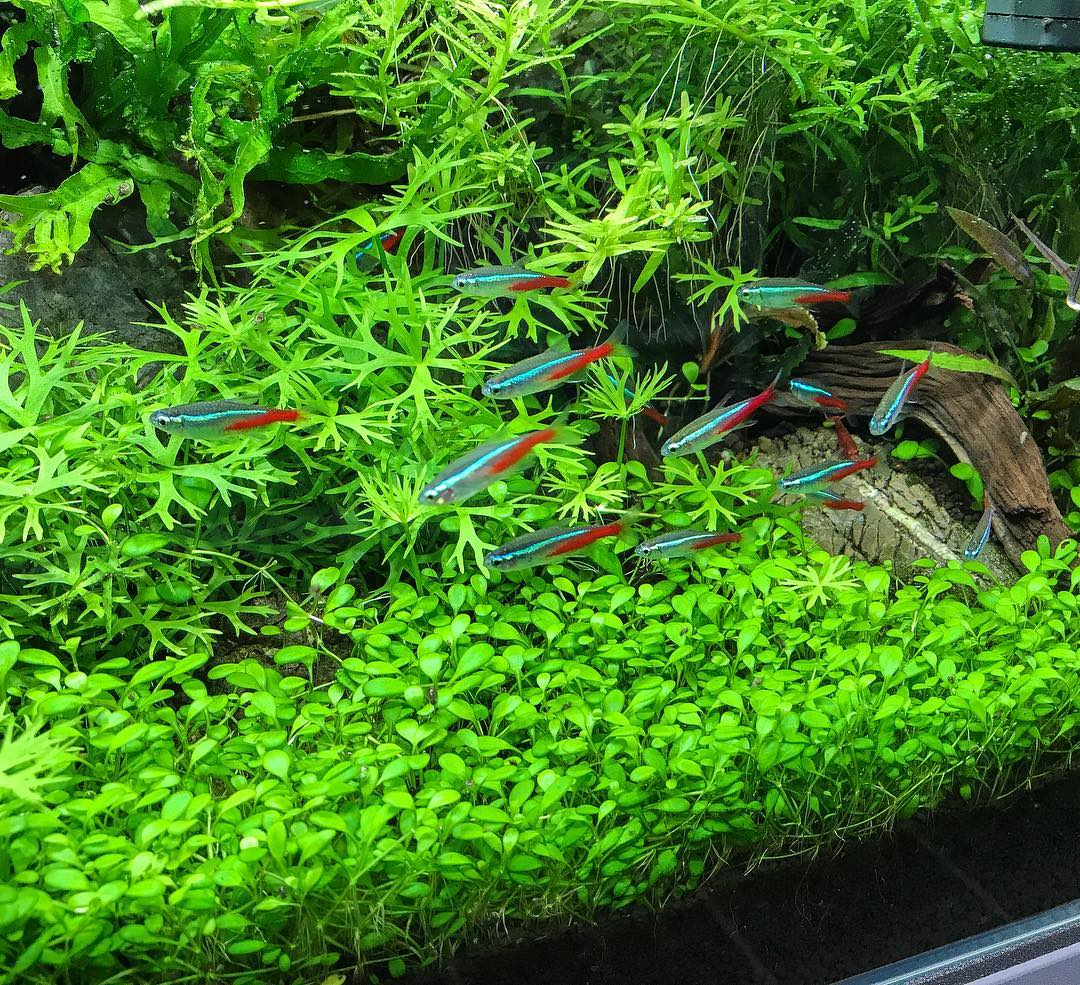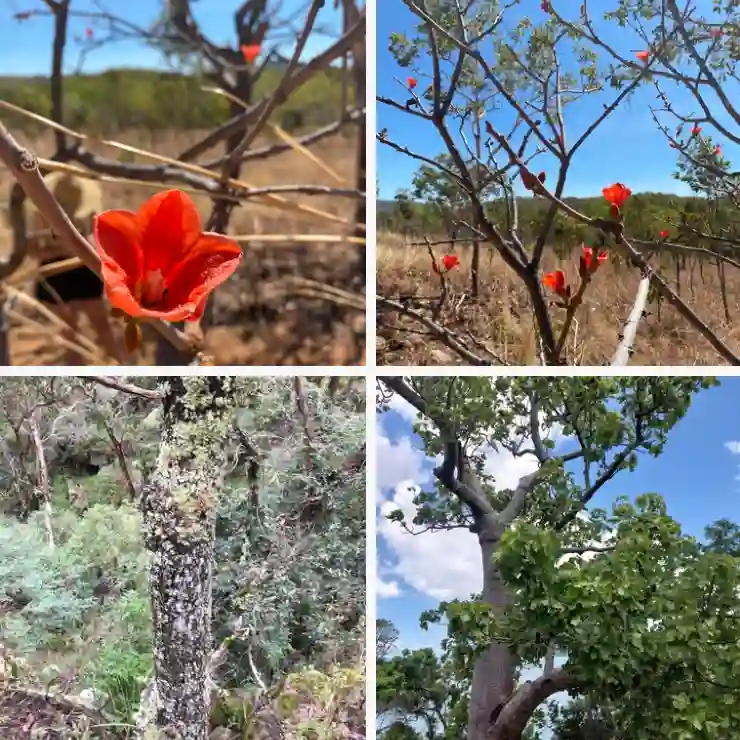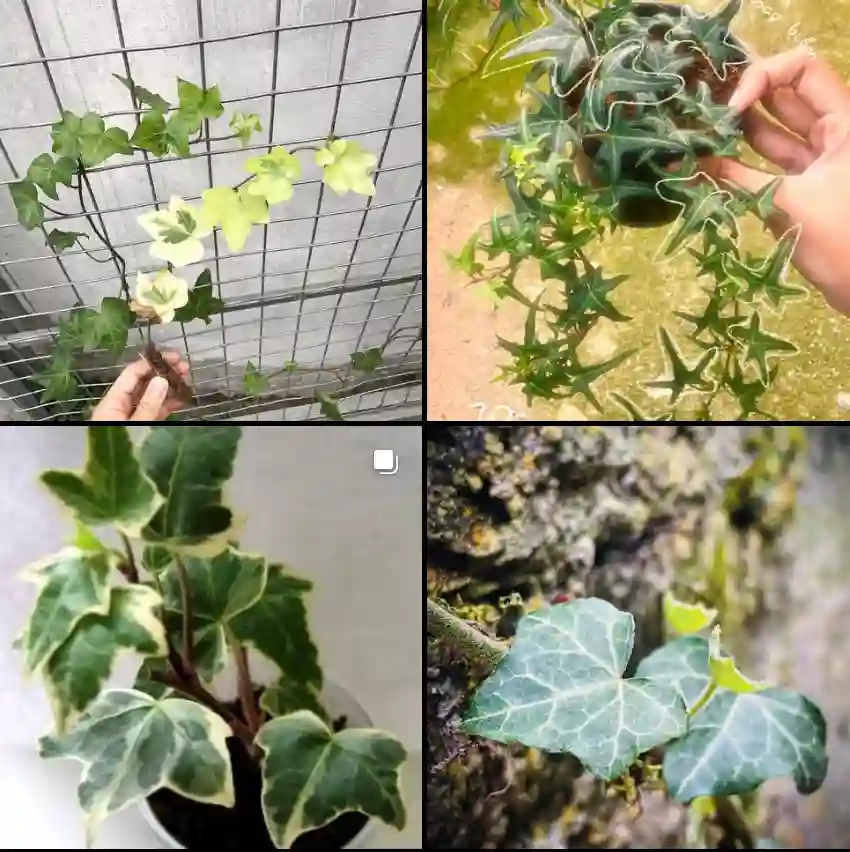Exploring the Fascinating Gleicheniaceae Family
When I first came across the Gleicheniaceae family, I was instantly captivated by their unique structure and their ancient lineage. This family of ferns, native to tropical and subtropical regions, is a remarkable group that demands attention, especially for those like me who are passionate about botany and horticulture.
Gleicheniaceae ferns are not only beautiful but also ecologically important. In many rainforests, they play a key role in stabilizing soil and providing habitats for other species. In this article, I’ll share my thoughts and observations on some of the most prominent genera within this family: Dicranopteris, Diplopterygium, Gleichenella, Gleichenia, Rouxopteris, Sticherus, and Stromatopteris.
Dicranopteris: A Fern with Resilience
Among the Gleicheniaceae genera, Dicranopteris is probably the most well-known and widespread. It’s a tough, adaptable fern that thrives in open, disturbed areas. I’ve often seen Dicranopteris linearis, also known as Old World forked fern, carpeting hillsides in tropical forests. One of the things I admire most about this fern is its ability to thrive in poor soils and harsh conditions, making it a pioneer species that helps reestablish vegetation in deforested areas.
The fronds of Dicranopteris are forked, which gives the plant a distinctive appearance. What stands out to me is how this fern creates dense, impenetrable thickets that can stabilize soil in areas prone to erosion. This characteristic makes Dicranopteris a key player in ecosystem restoration.
Diplopterygium: Elegant and Airy Ferns
Moving on to the genus Diplopterygium, these ferns have a more delicate and airy appearance compared to Dicranopteris. Diplopterygium species are primarily found in tropical Asia and the Pacific Islands. One of my personal favorites is Diplopterygium glaucum, known for its finely divided fronds and soft, pale green foliage.
What I find interesting about Diplopterygium is its graceful growth habit. Unlike the dense thickets of Dicranopteris, Diplopterygium ferns are more open and spread out, making them ideal for shaded areas in a garden. Their ability to grow in nutrient-poor soils and humid environments makes them resilient, yet they bring a touch of elegance to the landscape.
Gleichenella: Small but Mighty
The genus Gleichenella is less commonly discussed but deserves recognition for its compact size and adaptability. Gleichenella pectinata, the only species in this genus, is found in tropical regions of the Americas. What I appreciate about this fern is its small stature, which makes it suitable for use in smaller gardens or as ground cover in a shaded area.
Despite its modest size, Gleichenella has a robust nature, much like its relatives in the Gleicheniaceae family. Its pinnate fronds give it a feathery texture that softens the landscape, making it a good choice for areas where you want to create a lush, green backdrop without overwhelming the space.
Gleichenia: A Climber’s Charm
Gleichenia is perhaps one of the most fascinating genera in the Gleicheniaceae family, particularly due to its climbing nature. Often referred to as the “tangle fern” due to its tangled growth habit, Gleichenia species are commonly found in mountainous regions. Gleichenia dicarpa, a species native to New Zealand and Australia, is especially notable for its intricate fronds that seem to wind and weave around other plants.
I’ve always admired Gleichenia for its adaptability to different altitudes and its ability to thrive in rocky, well-drained soils. In my opinion, this fern’s climbing nature makes it an excellent choice for adding vertical interest in a garden setting. Its slow, steady growth and tangled fronds create an almost mystical effect, reminiscent of an ancient forest.
Rouxopteris: A Rare Beauty
One of the more obscure genera in this family is Rouxopteris, which is primarily found in Madagascar. While I haven’t had the opportunity to see these ferns in person, I’ve read extensively about Rouxopteris trichoclada and its distinct, arching fronds. What stands out about this genus is its rarity and its delicate beauty, making it a prized find for fern collectors.
Rouxopteris ferns thrive in moist, shaded environments, and their fronds have a fine, almost lace-like quality. From what I’ve gathered, they can be a bit tricky to cultivate outside their native range, but their stunning appearance makes them worth the effort.
Sticherus: The Star of the Tropics
The genus Sticherus is another standout within the Gleicheniaceae family. Found throughout the tropical Americas, Sticherus ferns are known for their distinctive whorled fronds, which radiate out like spokes on a wheel. I’ve seen Sticherus flabellatus in its native habitat, and it’s truly a sight to behold.
What I love about Sticherus is how it forms large, spreading colonies, creating a lush, tropical feel. Its whorled fronds give it an architectural quality that adds structure to any landscape. In my experience, Sticherus does best in consistently moist, shaded environments, making it a great addition to any fern collection.
Stromatopteris: A Living Relic
Finally, there’s Stromatopteris, a monotypic genus with only one species, Stromatopteris moniliformis. This fern is found in the remote rainforests of Southeast Asia and the Pacific Islands, and it has a fascinating evolutionary history. Stromatopteris is considered a “living fossil,” as it has changed very little over millions of years.
The fronds of Stromatopteris are leathery and robust, and the plant grows in rocky, nutrient-poor environments. I’ve always been intrigued by how this fern has managed to survive in such challenging conditions for so long. It’s a testament to the resilience of the Gleicheniaceae family and the adaptability of ferns in general.
Conclusion
The Gleicheniaceae family is a treasure trove of botanical wonders. From the resilient Dicranopteris to the elegant Diplopterygium, each genus brings its own unique beauty and ecological importance to the table. As someone deeply fascinated by the diversity of ferns, I find this family to be one of the most captivating and rewarding to explore.
Whether you’re a seasoned fern enthusiast or a casual gardener, the Gleicheniaceae family offers a variety of options for adding texture, resilience, and timeless beauty to any landscape.
If i die, water my plants!



